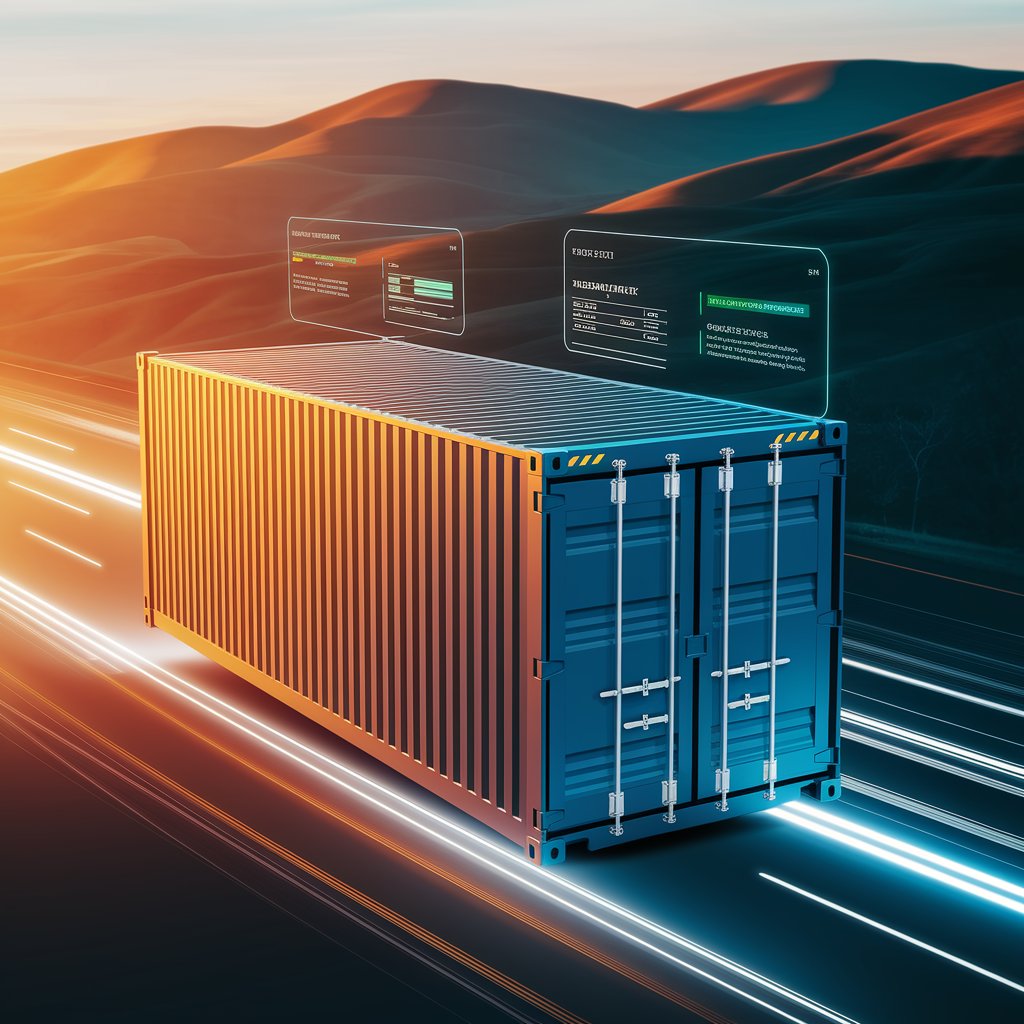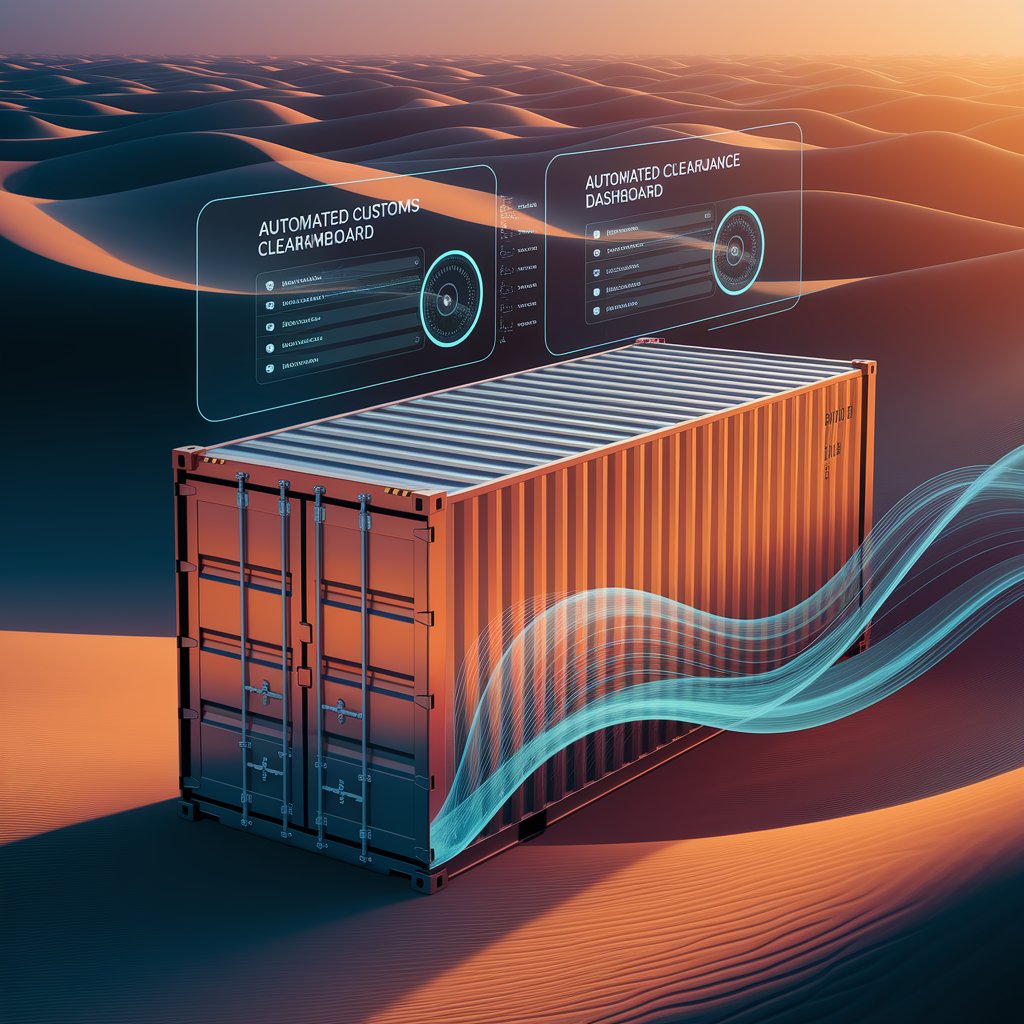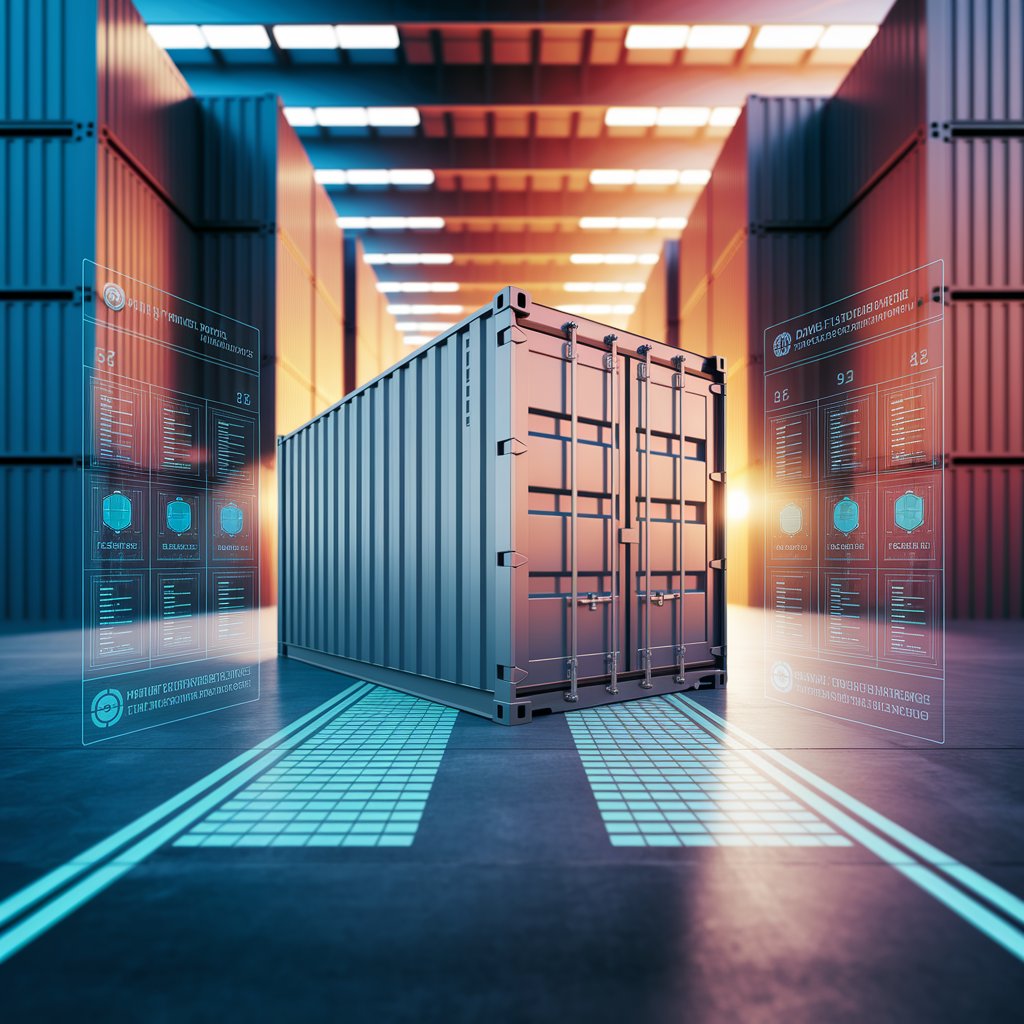Automated Customs Clearance: Streamlining Global Trade

Introduction
This is where automated customs clearance provides a powerful advantage. By digitizing and automating the clearance process, logistics providers can ensure shipments move faster, stay compliant, and minimize risks.
What Is Automated Customs Clearance?
Automated customs clearance is the use of digital platforms, AI, and system integrations to process customs documentation and compliance requirements without manual intervention. Instead of relying on brokers to complete every step, automation ensures data is transmitted, validated, and approved in real time.
It connects logistics platforms with customs authorities, reducing delays and ensuring shipments cross borders with minimal friction.

Key Features of Automated Customs Clearance
- Digital Document Filing: Automated creation and submission of customs declarations.
- Real-Time Validation: Instant error-checking to prevent compliance issues.
- System Integration: Direct links with ERP, TMS, and government platforms.
- AI Compliance Checks: Automated rules to ensure regulatory accuracy.
- Audit Trail: Secure, traceable records for all customs filings.
Benefits for Logistics Providers
- Faster Shipments: Reduce clearance times from days to hours.
- Cost Savings: Avoid penalties, storage fees, and compliance fines.
- Error Reduction: Minimize human mistakes in documentation.
- Global Expansion: Simplify cross-border trade and scale to new markets.
- Customer Satisfaction: Provide predictable, transparent delivery timelines.

Real-World Applications
- Freight Forwarders: Automate filings for multiple clients and trade lanes.
- Carriers: Ensure faster clearance for fleet shipments.
- 3PL Providers: Offer automated compliance as a value-added service.
- E-commerce Logistics: Simplify customs for high-volume, small-package exports.
The Future of Automated Customs Clearance
The future of automated customs clearance will integrate AI, blockchain, and predictive analytics. AI will predict clearance delays, blockchain will secure document authenticity, and predictive models will anticipate risks in specific markets. Eventually, customs clearance may evolve into fully digital trade corridors, where shipments pass borders with little to no human intervention.

Conclusion
Automated customs clearance is transforming cross-border logistics by reducing delays, minimizing risks, and ensuring compliance with global trade laws. For logistics providers, it offers faster clearance, lower costs, and a more predictable customer experience. In today’s competitive supply chain environment, automation in customs clearance is not just an upgrade—it’s the foundation for seamless international trade.
